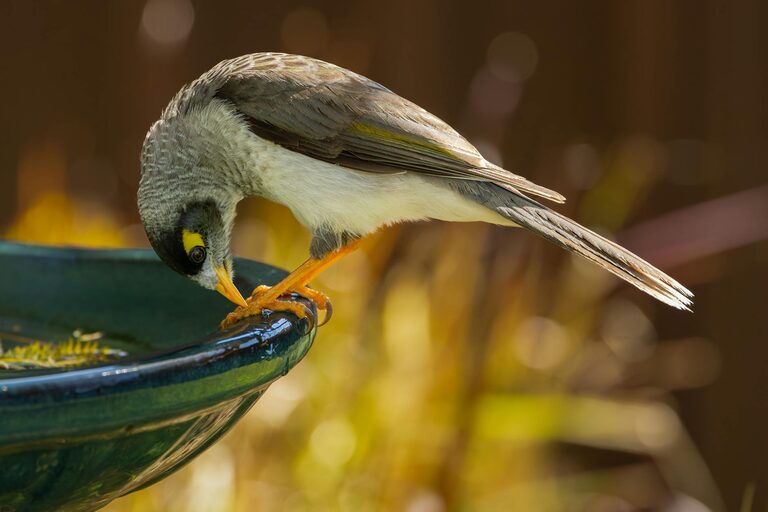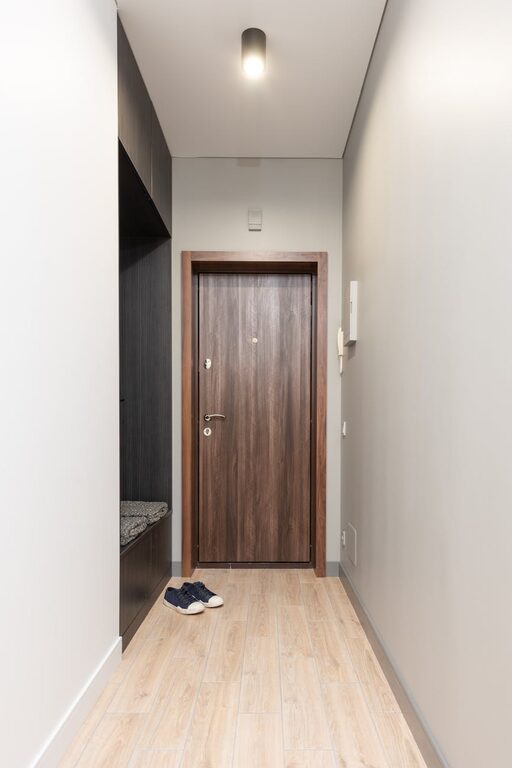
Birdwatching is a wonderful hobby that connects you with nature from the comfort of your own backyard. Whether you have a small garden or a large yard, observing local birds can bring joy and relaxation to your daily routine. If you’re new to birdwatching, this guide will help you get started with simple, effective tips.
Why Backyard Birdwatching?
Birdwatching offers many benefits. It’s a peaceful activity that encourages mindfulness and appreciation for wildlife. Watching birds can also help you learn about your local ecosystem and the diverse species living nearby. Best of all, you don’t need fancy equipment to begin—just some patience and curiosity.
Setting Up Your Backyard for Birdwatching
To attract birds, you’ll want to create a bird-friendly environment. Here’s how:
1. Provide Food
Birds need reliable food sources. You can set up bird feeders or plant native plants that produce seeds, berries, and nectar.
– Bird feeders: Choose feeders that suit the types of birds in your area (tube feeders for small songbirds, platform feeders for larger birds).
– Types of food: Offer seeds like sunflower, millet, or nyjer. Suet cakes provide energy, especially in colder months.
– Fresh water: A birdbath or shallow dish of water invites birds to drink and bathe.
2. Create Shelter and Nesting Spots
Birds also require safe places to rest and raise their young.
– Plant native shrubs and trees—these provide natural cover.
– Add nesting boxes suited to local species.
– Leave some leaf litter or brush piles for ground feeders.
3. Keep the Environment Safe
Avoid chemicals like pesticides that can harm birds and reduce their insect food sources. Place feeders and birdbaths where birds can see approaching predators.
Essential Birdwatching Gear for Beginners
You don’t need much to enjoy backyard birdwatching, but a few items can enhance your experience:
– Binoculars: A basic pair helps you see birds clearly without disturbing them.
– Field guide or app: Identify bird species with a book or birding app by matching size, color, and calls.
– Notebook: Keep a journal of your sightings to track what you see over time.
– Comfortable seating: A bench, chair, or window perch can make watching more enjoyable.
How to Identify Birds in Your Backyard
Identifying birds can be fun and educational. Here are some simple tips:
Look at Size and Shape
Estimate how big the bird is compared to common birds (like a sparrow or crow). Notice its body shape, beak type, and tail length.
Observe Color and Patterns
Identify key colors on the bird’s feathers, such as wing bars, spots, or stripes.
Listen for Calls and Songs
Birds often have distinct sounds. Try to match calls using apps or field guides.
Note Behavior
Watch if the bird hops, flies quickly, or feeds in a particular way.
Best Times to Watch Birds
Birds are often most active early in the morning and late afternoon. These times offer the best light for viewing and photography, and you might see more species feeding.
Tips to Enjoy Birdwatching
– Be patient—birds may take time to approach.
– Keep your movements slow and quiet.
– Clean feeders regularly to prevent disease.
– Share your observations with local birdwatching groups online or in person.
Conclusion
Starting backyard birdwatching is an easy and rewarding way to enjoy nature daily. By providing food, water, and shelter, you create a welcoming space for birds. With a little observation and the right tools, you’ll soon recognize your feathered visitors and appreciate the lively wildlife all around you. Happy birdwatching!
—
For more tips on connecting with nature at home, explore our other blog posts and get inspired to make your backyard a natural haven.



